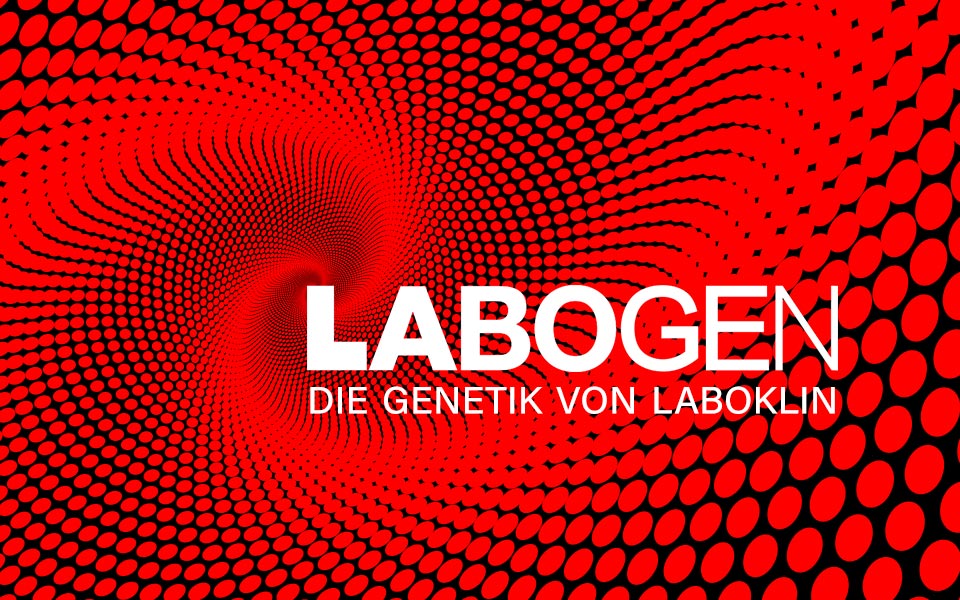Neuroaxonale Dystrophie (NAD)
Neuroaxonal dystrophy (NAD)
General description
Neuroaxonal Dystrophy (NAD) is a heterogenous neurodegenerative disease. In dogs, several genetic variants have been identified as the underlying cause of NAD. Possible symptoms are intention tremor, gait abnormalities, incoordination, limb weakness, astasia, strabismus and eating difficulties. Symptoms gradually progress to cerebellar ataxia, tetraplegia and blindness. Additionally, behavioral changes and incontinence have been observed in the breeds Spanish Waterdog and Lagotto Romagnolo.
Breeds
Lagotto Romagnolo, Miniature American Shepherd, Papillon, Rottweiler, Spanish Water Dog
Order details
| Test number | 8308 |
| Sample material | 0.5 ml EDTA blood, 2x cheek swab, 1x special swab (eNAT) |
| Test duration | 3-14 working days |
Test specifications
| Inheritance | autosomal recessive |
Detailed description
Neuroaxonal Dystrophy (NAD) is a heterogenous neurodegenerative disease that has been described in various mammalian species. Besides to the inherited form of the disease (primary NAD), NAD can also emerge in response to trauma, infection or toxin exposure (secondary NAD). Several genetic variants have been identified as the underlying cause of NAD in different species. The phenotype of NAD affected patients varies depending on the age of onset, the clinical manifestations and the specific disorder. However, severe axonal swelling (known as “spheroids”) in the central and/or peripheral nervous system, distal axonal atrophy and secondary myelin degradation are characteristic symptoms of NAD.


